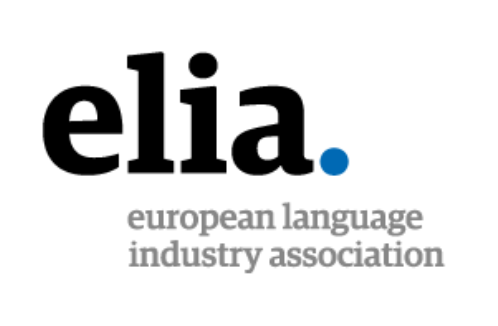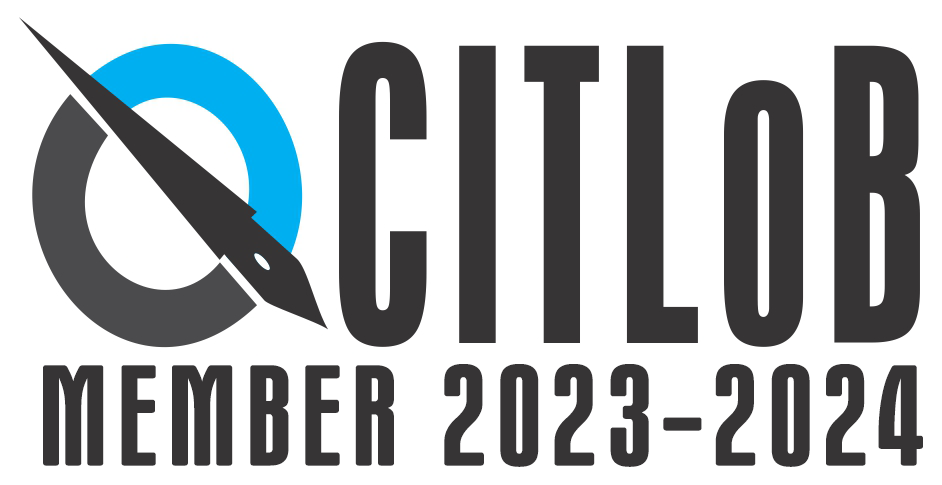In a world where technology rapidly advances, the art of human translation remains a cornerstone of effective communication across languages. With its inherent understanding of context, cultural nuances, and emotional resonance, human translation has endured as an indispensable resource. In this blog, we explore the advantages and disadvantages of human translation, offering a balanced perspective on its enduring role in bridging linguistic and cultural divides.
Advantages of Human Translation:
Cultural Nuances: Human translators possess an innate understanding of cultural nuances, idioms, and expressions, ensuring that translations capture not just the words, but the intended context and emotional tone.
Contextual Understanding: Unlike machine translation, humans can decipher the subtleties of context, which is crucial for accurately conveying complex content, literature, and creative works.
Creativity: In creative content, such as marketing materials, slogans, or literary works, human translators can infuse creativity and adapt messages in ways that resonate emotionally with the target audience.
Customization: Human translators can tailor translations to a specific audience, ensuring that the message remains culturally sensitive and appropriate.
Domain Expertise: Technical, legal, medical, and scientific documents often require specialized knowledge. Human translators with domain expertise can ensure precision and accuracy in complex terminology.
Disadvantages of Human Translation:
Time and Cost: Human translation can be time-consuming, especially for large volumes of content. Additionally, it might be costlier than machine translation due to the labor-intensive nature.
Subjectivity: Translators might inject their personal interpretations, inadvertently altering the original message. Achieving consistent objectivity can be challenging.
Availability and Speed: Human translators cannot match the speed of machine translation for rapid real-time translations, such as live chats or immediate responses.
Volume Handling: Dealing with extensive volumes of content might pose challenges for human translators, leading to potential delays and quality fluctuations.
Resource Limitations: In lesser-known languages, finding qualified human translators can be challenging, limiting options for certain translations.
The Harmony of Human and Machine:
The future of translation is not an either/or choice between human and machine, but a harmonious integration of both. Machine translation can expedite routine tasks and provide draft translations, which can then be refined and polished by human translators. This collaboration leverages the strengths of both approaches, ensuring efficiency without compromising on quality and cultural sensitivity.
Conclusion: A Vital Partnership
Human translation is more than just transferring words from one language to another; it’s about preserving cultural nuances, emotional depth, and the essence of communication. While human translation has its limitations, its advantages remain crucial for complex content and emotional resonance. As we navigate the ever-evolving landscape of communication, the harmonious partnership between human translators and technology promises a future where messages transcend linguistic boundaries with both accuracy and cultural sensitivity.




